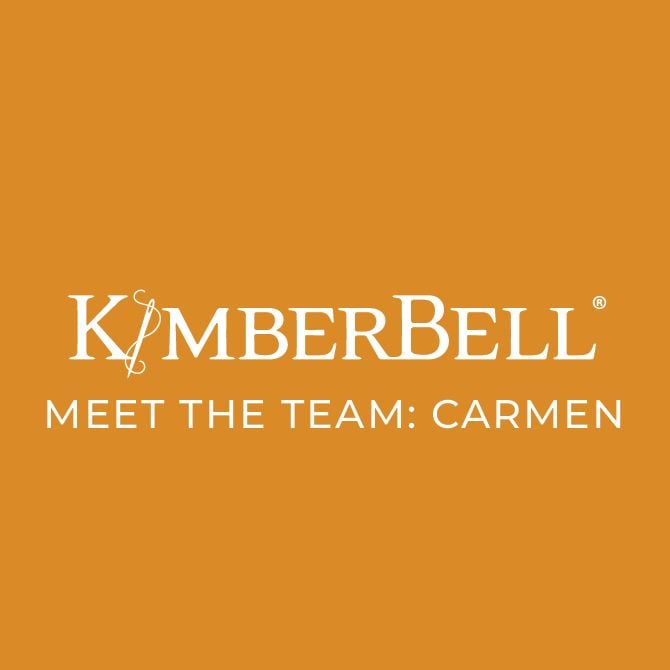Unraveling the Mysteries of Thread

For the machine embroidery enthusiast, shopping for thread is like being a kid in a candy store. But when faced with such a delicious assortment, how do you know which spools to choose? (As much as we’d like to buy them all…)
Before selecting colors, first narrow your choices down to the thread type and weight suitable for your project. Here’s a rundown on thread types, weights, and other basics to get you started:
Rayon
Rayon thread has traditionally been known as the most popular embroidery thread. With fibers made from organic cellulose, rayon thread is soft, shiny, and available in a wide assortment of colors. Rayon has a high tensile strength and consistently performs well during the embroidery process. Rayon thread colors can fade over time, however.
Polyester
In recent years, polyester thread has rivaled rayon as the machine embroiderer’s top choice. Polyester thread is lustrous, strong, and colorfast, even when bleached. Available in a wide variety of vibrant colors, polyester thread performs well during embroidery and is made from multiple synthetic filaments. (Fun fact: at Kimberbell, we mostly use polyester thread.)
Cotton
In contrast to the glossy sheen of rayon and polyester, cotton thread has a natural, matte finish. A favorite thread for quilting, redwork, cross-stitch designs and more, cotton thread looks a lot like hand embroidery when used on an embroidery machine. (Note: Because it’s made from natural fibers, cotton thread can generate more lint.)
Metallic
Metallic threads add a glitzy, eye-catching element to embroidery designs, but they can be a little tricky to work with. Because the rayon (or polyester) core is wrapped with actual metal foil, metallic threads often twist or kink when coming off the spool. To counter this, slow your machine down (metallic thread generates heat!) and adjust your tensions as needed. You might consider using a thread stand to work out the kinks as the thread comes off the spool.
Specialty Thread
There are many specialty threads available to machine embroiderers today, including water-soluble, glow in the dark, solar active, mylar, wool, chenille...so many! When using a specialty thread, learn all you can about which needles, fabrics, and designs are appropriate for that specific thread, as well as any recommended tips and techniques. For example, wool thread (super thick!) is best when used on low-density designs.
Bobbin Thread
Bobbin thread is generally available in cotton, spun polyester, and filament polyester. Cotton is popular with quilters, but it does produce some lint. Polyester bobbin thread does not produce lint, and filament polyester is a particular favorite because it’s both thin and strong. Bobbin thread can be wound from spools to the bobbin case on your machine, or you can also buy prewound bobbins. As always, check with your machine manual and/or dealer for specific model recommendations!
Thread Weight (and Other Numbers)
The higher the thread weight, the thinner the thread. The lower the number, the thicker the thread. At Kimberbell, we generally use a 40 wt top thread and a 60 or 90 wt bobbin thread (depending on the machine) for most projects.
When looking at your thread spool, you’ll also see the thread length (how much thread is on the spool) and a color ID number specific to that brand and type of thread.
Thread Tension
Tension is the tautness of your thread, which can be adjusted on both the machine and the bobbin case. Generally speaking, when looking at the underside of a satin stitch, about ⅔ of the thread should be needle thread and ⅓ should be bobbin thread.
From your bobbin case, use a screwdriver to loosen or tighten the screws (and therefore, the tension). Pull the thread to see how smoothly it’s unwinding from the bobbin; you want it to be smooth, like a spider steadily lowering itself from its web. As friction can cause your thread to break, thread should pull smoothly off the bobbin. To adjust thread tensions on your machine, please check your manual.
A Few Loose Ends
When working with thread, it’s important to become very familiar with the path your thread takes from the spool to the needle. Make sure it’s all flowing smoothly! If you’re experiencing thread breaks, check your top thread first. Like rebooting a computer, sometimes solving thread breakage problems is as simple as rethreading. Bobbin thread can often get trapped, too, so be sure to check that it's unwinding correctly as well! (Fun fact: at Kimberbell, we often use a product called Sewer's Aid. A few drops on the spool can help smooth the path of the thread.)



